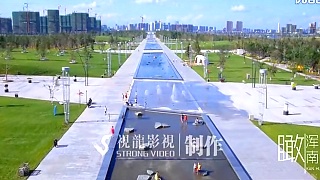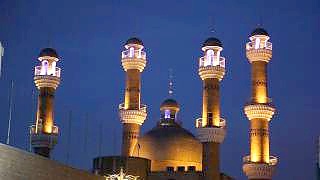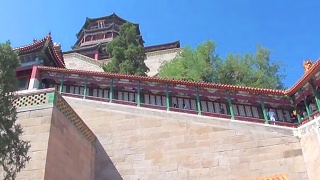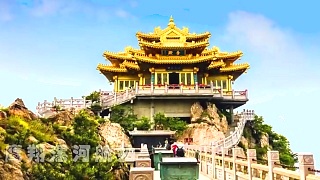December 2013. From the tropical far south of China to the frozen far north, a temperature difference of around 50C in winter!
The Harbin International Snow and Ice Festival starts in early January. In 2014, the festival celebrated its 50th birthday and was bigger than ever. See the snow sculptures by day and the ice lantern structures by night. A winter wonderland :)
Runs to the end of February (approximately, weather dependent).
[640],shadow=true,start=32,stop=330Harbin, located in the northeastern part of China's Heilongjiang province, is known for its bitterly cold winters, Russian-influenced architecture, and the world-famous Harbin International Ice and Snow Sculpture Festival. Here's a guide for tourists visiting Harbin:
Ice and Snow Sculpture Festival:
Harbin Ice and Snow World: This massive winter wonderland features elaborate ice and snow sculptures, illuminated by colorful lights. Visitors can marvel at ice castles, sculptures of famous landmarks, and intricate ice carvings.
Sun Island International Snow Sculpture Art Expo: Located on Sun Island in the Songhua River, this exhibition showcases large-scale snow sculptures created by artists from around the world.
Ice Lantern Festival: Held in Zhaolin Park, the Ice Lantern Festival features stunning ice lanterns, sculptures, and ice slides. Visitors can also enjoy cultural performances, fireworks, and traditional activities like ice fishing.
Russian Influence:
Central Avenue (Zhongyang Street): This pedestrian street is lined with European-style buildings dating back to the early 20th century, reflecting Harbin's history as a Russian trading outpost. Visitors can explore shops, cafes, and restaurants housed in these historic buildings.
St. Sophia Cathedral: This iconic landmark is one of the largest Orthodox churches in China. Built in the Russian Byzantine style, the cathedral now serves as a museum showcasing Harbin's multicultural history.
Cultural Attractions:
Harbin Confucian Temple: This ancient temple complex dates back to the Qing Dynasty and is dedicated to the philosopher Confucius. Visitors can explore traditional Chinese architecture, gardens, and historic artifacts.
Harbin Snow Sculpture Art Expo: Held in Sun Island Scenic Area during the winter months, this exhibition features intricate snow sculptures created by talented artists from around the world.
Modern Attractions:
Harbin Polarland: This theme park offers the opportunity to see a variety of Arctic animals up close, including polar bears, beluga whales, and Arctic foxes. Visitors can also enjoy animal performances and interactive exhibits.
Siberian Tiger Park: Located on the outskirts of Harbin, this wildlife park is home to over 500 Siberian tigers, as well as other exotic animals such as lions, leopards, and lynxes. Visitors can take guided tours and observe the animals from a safe distance.
Practical Tips:
Weather: Harbin experiences extremely cold winters, with temperatures often dropping below freezing. Visitors should dress warmly and be prepared for snow and icy conditions.
Transportation: Harbin has an extensive public transportation system, including buses and trams, as well as taxis and ride-hailing services. The city is also served by Harbin Taiping International Airport.
Language: Mandarin Chinese is the official language, but English may not be widely spoken outside of tourist areas. It's helpful to learn a few basic phrases or carry a translation app.
Harbin's unique blend of Russian and Chinese influences, coupled with its spectacular winter festivities, makes it a captivating destination for tourists. Whether you're marveling at ice sculptures, exploring historic landmarks, or experiencing the city's cultural heritage, Harbin offers a memorable and immersive travel experience.
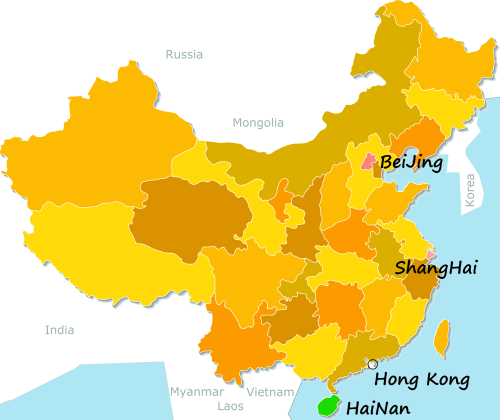
 From Hainan 海南 to Harbin 哈尔滨 …
From Hainan 海南 to Harbin 哈尔滨 …

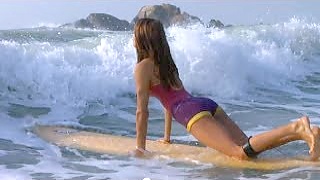
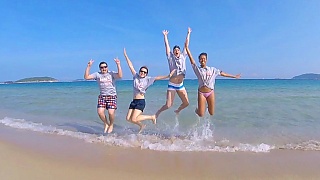
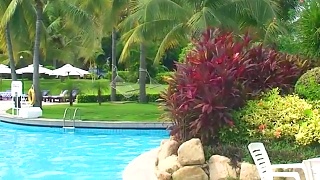



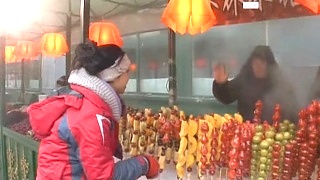
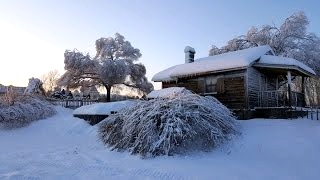


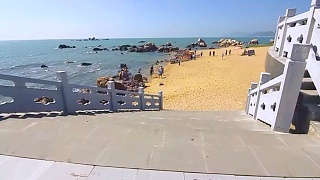


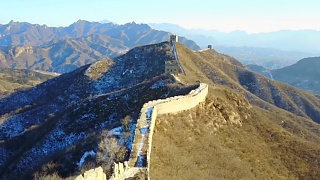
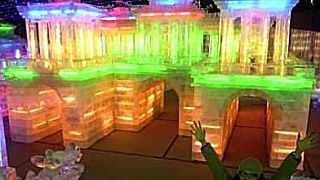



![Planning War On China part 40 (the encore). From now, all similar content will be on the new Geopolitics page, so do check that out and bookmark. Something Different, health, and psychology videos are likely to also move to their own pages. So we will still cover all these aspects of life, but have more time to focus on Chinese culture and China travel. *************************** Official racism is a very important fact to consider, and because it is is based on propaganda, can be easily missed for what it really is. Yet once seen, it is all so clear. Us and Them - is the sales pitch of supremacists and bomb companies. That is ALL it is. There is no `us and them`; that is just a scam to fool you into obedience / subservience / enslavement. The real schism is that there are real / open-eyed people, and then there are the brainwashed / believers people. Simple as that. Puppets at the top; puppets at the bottom. One life, one world, one family. One has love, or one does not. Real love doesn`t have targets; real love is a light that shines in all directions. Onto the video film ... With George Galloway in conversation with Jerry`s Take on China ... Bonus films ... George at his very best - don`t miss it ... What is more important - life or money (power) ? Simply believe ? Or be free to see reality ?? No longer puppet. Live more ... Because it is not about `me` (that is the scam / fantasy, and a big topic in itself - `your problems are all your fault`, is part of it); it is really about `WE`. In China, the people are family. In the West, the people are livestock. And that is the `threat`. [ video v=fIxPv2Dn_P0 ] Oliver Stone interviews Vladimir Putin ... Taiwan the next Ukraine ? ... Lee Camp ... [ video v=OSkpIq3T-Zc ] Racism is racism is racism. There is NO excuse, no matter how `official` it is sold to you. Something like 3 million died in the Vietnam war (not including the carpet bombing of Laos and Cambodia), alone. This is what racism entails. How many times will this lie play out ? Meanwhile ... Peace. Official racism. Reality is so very different from the ‘official’ / MSM narrative / fairy tale – DON’T MISS THIS !](https://img.youtube.com/vi/Kc7f4JKhwtk/mqdefault.jpg)
